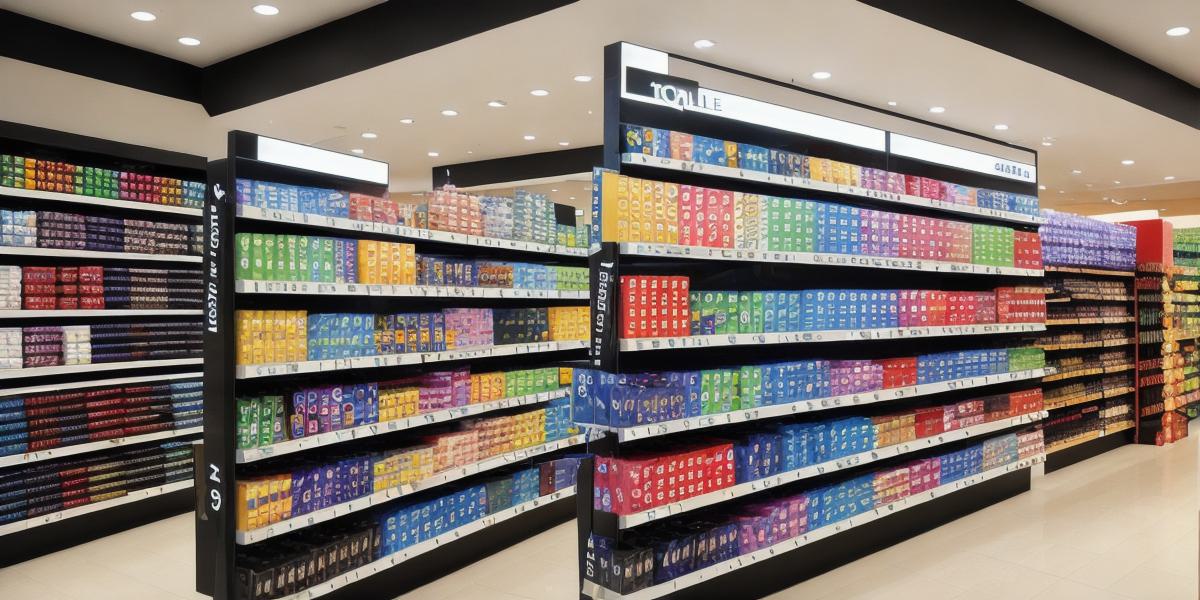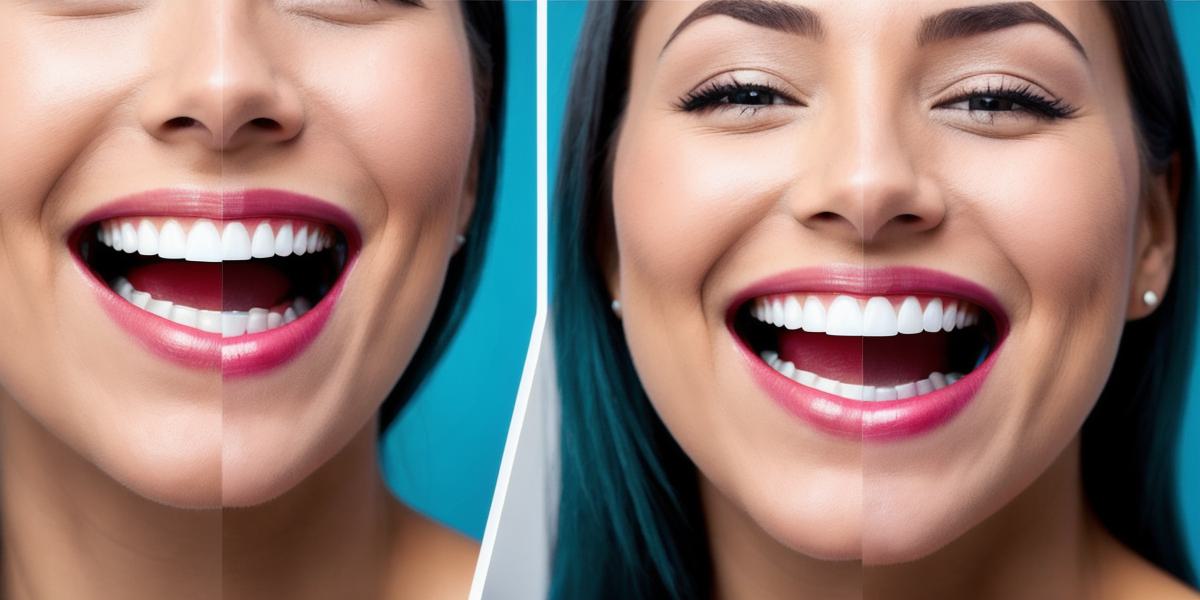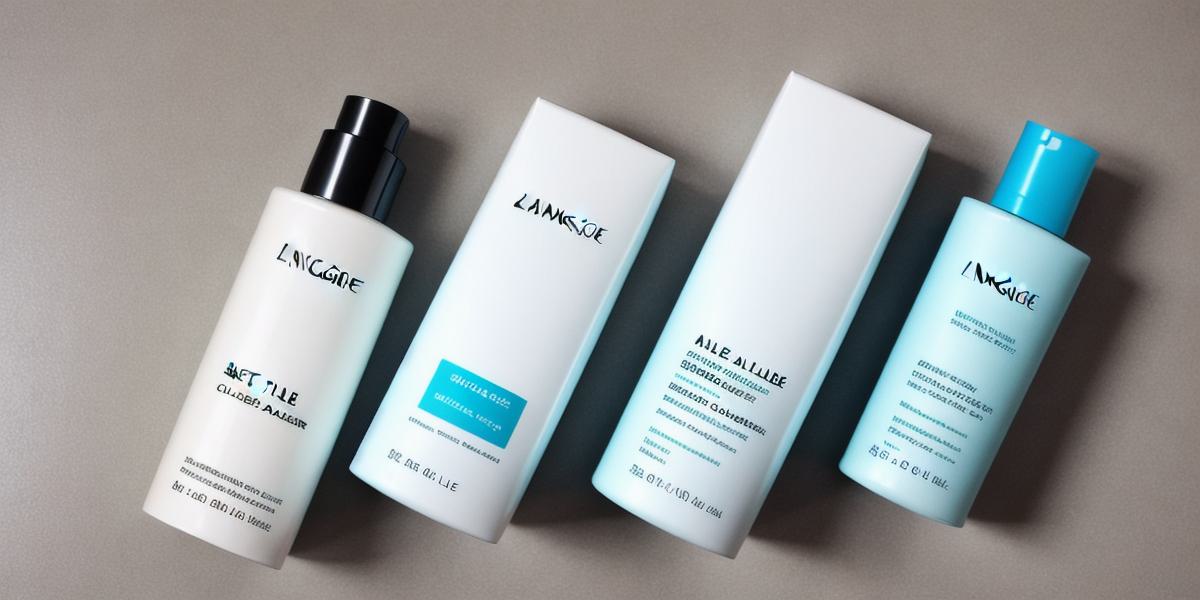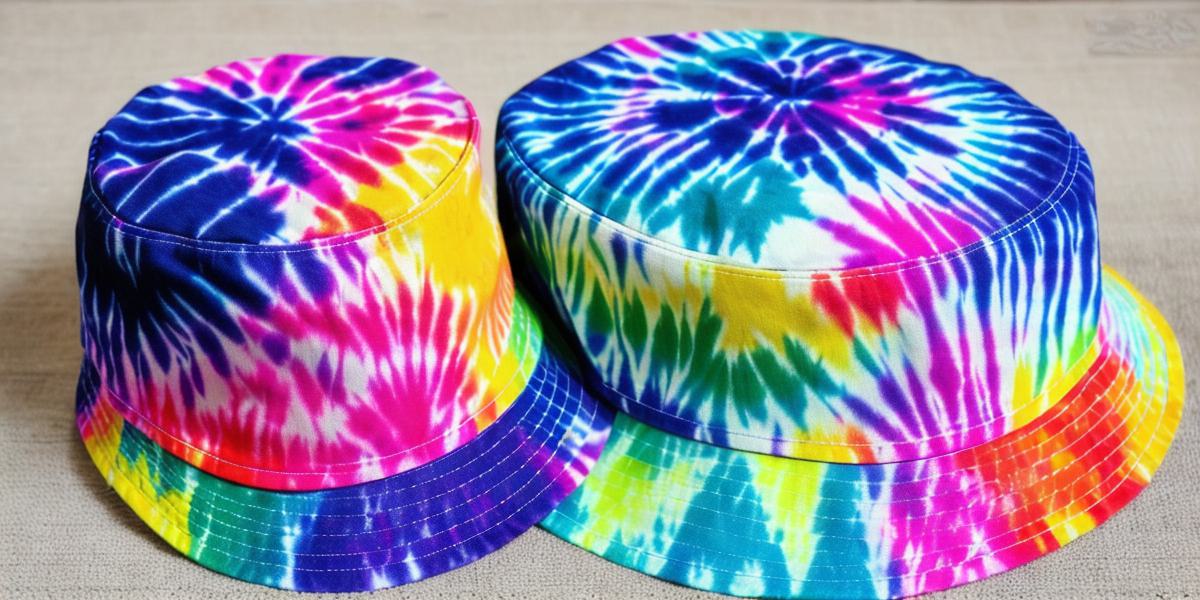If you’re a retail merchant, you know how important it is to have a well-designed and organized store layout that maximizes sales and customer experience. But creating an effective merchandising planogram can be a challenging task, especially if you’re not familiar with the concept or its importance in retail.
A merchandising planogram is a visual representation of your retail space, showing how products are arranged on shelves, end caps, and other display areas. It’s a crucial tool for optimizing your store layout and maximizing sales, as it helps you to create an organized and visually appealing display that guides customers through the store and encourages them to make purchases.
In this article, we’ll take a closer look at what merchandising planograms are, how they work, and how you can effectively use them to optimize your retail space. We’ll also cover some best practices for creating an effective merchandising planogram, including the importance of using data analytics, conducting market research, and incorporating visual elements into your display.
What is a Merchandising Planogram?
A merchandising planogram is a visual representation of your retail space, showing how products are arranged on shelves, end caps, and other display areas. It’s an essential tool for retailers to optimize their store layout and maximize sales by creating an organized and visually appealing display that guides customers through the store and encourages them to make purchases.
A merchandising planogram typically includes information about product placement, product quantities, shelf heights, end cap displays, and other important details that affect how products are displayed in the store. By using a merchandising planogram, retailers can ensure that their products are displayed in a way that maximizes sales and enhances the customer experience.
Importance of Merchandising Planograms
Merchandising planograms are essential tools for retailers because they help to optimize their store layout and maximize sales. Here are some of the key benefits of using a merchandising planogram:
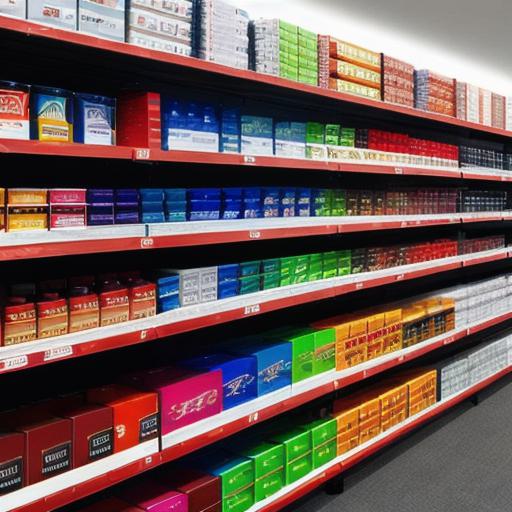
- Increased Sales: By arranging products in an organized and visually appealing way, merchandising planograms can help to increase sales by making it easier for customers to find what they’re looking for and encourage them to make purchases.
- Improved Customer Experience: A well-designed merchandising planogram can create a more enjoyable shopping experience for customers, as it makes it easier for them to navigate the store and find the products they need.
- Cost Savings: By optimizing your store layout and reducing clutter, merchandising planograms can help you save money on storage and display costs.
- Competitive Advantage: A well-designed merchandising planogram can give you a competitive advantage by creating a more visually appealing and organized display than your competitors.
How to Create an Effective Merchandising Planogram
Creating an effective merchandising planogram requires careful planning and attention to detail. Here are some best practices for creating an effective merchandising planogram:
- Conduct Market Research: Before you start designing your merchandising planogram, it’s essential to conduct market research to understand what products your customers are looking for and how they like their products displayed. This information will help you create a planogram that meets the needs of your customers and encourages them to make purchases.
- Use Data Analytics: By analyzing data on customer behavior, sales trends, and product performance, you can gain insights into what works well in your store and what doesn’t. Use this data to inform your merchandising planogram design, placing high-performing products in prominent locations and reducing the visibility of low-performing products.
- Incorporate Visual Elements: A well-designed merchandising planogram should be visually appealing and engaging for customers. Incorporate visual elements such as color, texture, and lighting to create a more dynamic and interesting display that encourages customers to explore your store.
- Optimize Product Placement: Product placement is critical to the success of your merchandising planogram. Place high-performing products in prominent locations, such as end caps or near the checkout, while low-performing products should be placed further back on shelves.
